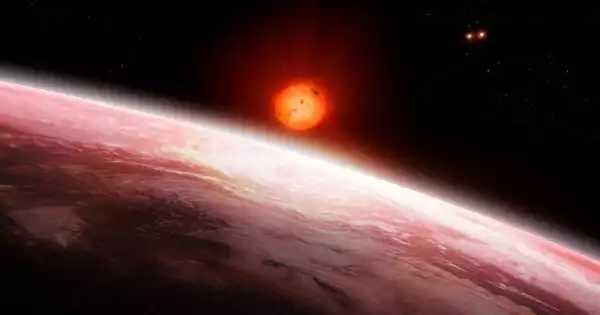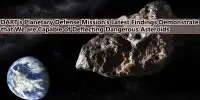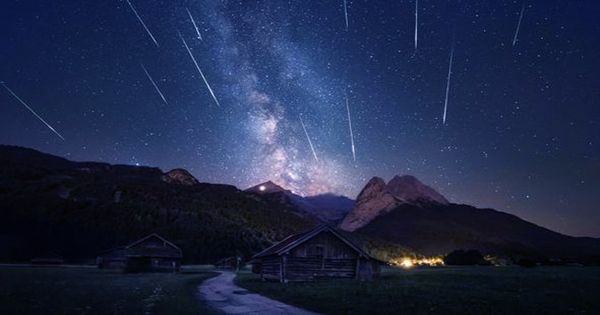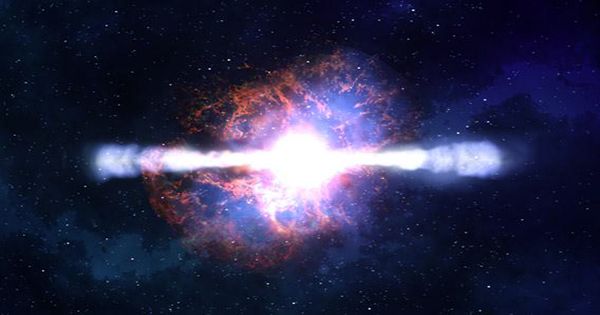Gliese 667 Cb is an exoplanet that orbits the star Gliese 667 C, one of the three stars in the Gliese 667 triple-star system. It is the system’s most massive planet, and it is most likely a super-Earth or a mini-Neptune. According to an orbital-stability study, it cannot be more than twice its minimum mass. It orbits the star too close to be in the habitable zone, making it unsuitable for life as we know it. According to eccentricity studies, Gliese 667 Cb is not a solid planet.
Gliese 667C is a member of the Gliese 667 triple star system. The star is slightly over one-third the mass of the Sun and is located in the constellation Scorpius, only 22 light-years away. The habitable zone of Gliese 667C has totally contained within an orbit the size of Mercury, far closer than that of our Sun. The system is the first to show that a low-mass star may support numerous potentially rocky planets in the habitable zone.
Gliese 667 Cb is an extrasolar planet that orbits the star Gliese 667C, which is part of the Gliese 667 triple star system. It is the system’s most massive planet, and it is most likely a super-Earth or a mini-Neptune. According to orbital stability research, it cannot be more than twice the minimum mass. It circles the star too near to be in a habitable zone. The planet is most likely tidally locked. As a result, one side of the world is always in daylight, while the other is always in darkness.

Gliese 667 is a close system of three stars in the Scorpius constellation that is simple to find. The two major center stars, Gliese 667AB, are scarcely visible to the human eye but easily viewable using binoculars or a small telescope. They’re so near that they look like a single star. Gliese 667C is far enough away from the primary stars to be viewed as a distinct star in its own right. However, it is only seen with a bigger telescope. The image was released on June 25, 2013.
Planets orbiting Gliese 667C and their approximate proportional sizes (orbits and planets are not to scale with each other). The ‘conservative habitable zone’ encompasses all three possibly habitable planets (c, f, and e).
















